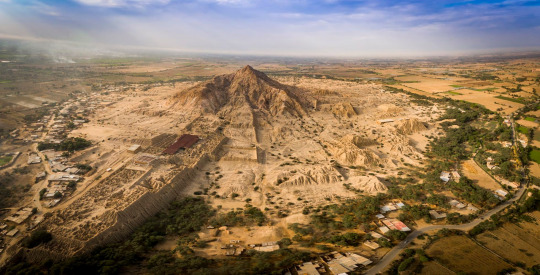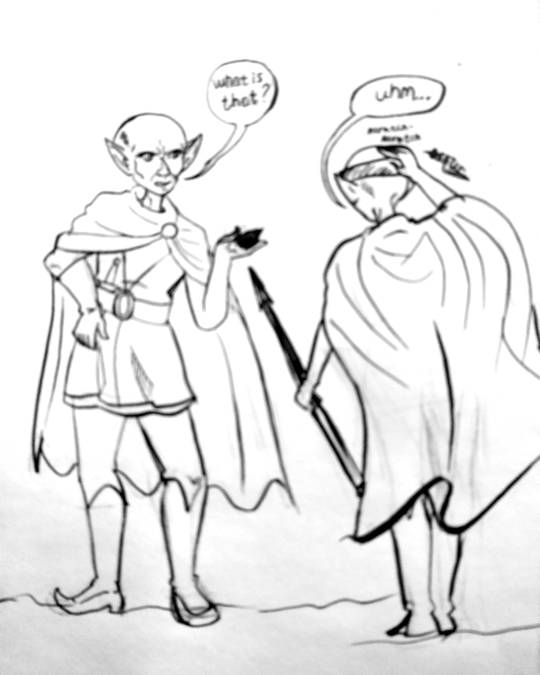#OLMECS
Text


Colossal Head from Veracruz, Mexico dated between 1200 - 600 BCE on display at the National Museum of Anthropology in Mexico City, Mexico
The Olmecs created such heads as monuments to political or spiritual leaders. The features carved into the stone faces represent an idealised image of them and how they wanted to be seen by the community.
Photographs taken by myself 2024
#art#archaeology#history#mexico#mexican#ancient#olmecs#national museum of anthropology#mexico city#barbucomedie
201 notes
·
View notes
Text
youtube
The Olmec Legacy
from Ancient Americas
80 notes
·
View notes
Text

Ayiti 1805
#ayiti#1805#toussaint louverture#queen nanny maroons#jean jacques dessalines#queen aminarenas#caribbean#africa#melanin#melanated#haiti#haitian#aboriginal people#indigenous#olmecs#dominican#kassav#zouk music#free the political prisoners#free the land#marcus garvey#jamaica#black man#black woman#black children#black economics
13 notes
·
View notes
Text

Mysterious Cities of Gold S01E36
They taste like bald chicken
#the mysterious cities of gold#les mystérieuses cités d'or#mcog#mysterious cities of gold#taiyou no ko esteban#1980s cartoons#tao#esteban#calmèque#olmecs#olmec flying machine
14 notes
·
View notes
Photo














"Mesoamerica, long thought to be the precocious child of the Americas, was still confined to the Mesoamerican village during the time we are talking about, and monumental architecture in Peru was a thousand years old when the Olmecs began their enterprise.
For the sake of world cultural context, this also means that Peruvian monumental architecture was in place by the time the Painted Pottery culture of neolithic northern China emerged, that it existed before England's Stonehenge was created, and that it was already about a thousand years old when Tutankhamen's body was being embalmed in Egypt." - American Holocaust
#mesoamerica#peru#olmecs#stonehenge#painted pottery#Tutankhamun#Tutankhamen#architecture of peru is stunning#and when you think how beautiful it was before robbed of gold silver gems etc...#indigenous#native americans#mesoamericans#indigenous american#this was in my drafts for nearly 3 years#Nazca Lines#pyramid#pyramids#architecture#engineering
10 notes
·
View notes
Text

The Olmecs - everyone loves them, despite the fact that they were written on the fly (they say they will treat the heroes the same way the heroes will treat them, then they are the villain of the week), but it doesn't matter. stupid fact - the name Calmec is actually the name of the school of priests among the Aztecs.
#les mystérieuses cités d'or#the mysterious cities of gold#mcog#lescitesdor#fanart#drawing#my art#my artwork#calmec mcog#Olmecs
5 notes
·
View notes
Text
Moors, Olmes & Atlanteans: Unraveling Ancient Mysteries
Introduction:
Throughout history, civilizations have risen and fallen, leaving behind fascinating remnants of their existence. Among the countless enigmas that captivate archaeologists, historians, and researchers, the Moors, Olmecs, and Atlanteans stand out as enigmatic civilizations shrouded in mystique. Expanding our knowledge of these ancient cultures not only challenges our understanding of…
0 notes
Link
Ancient China the Land of the Orient is a necessary post to prove that America is the true old world, since China is in the Orient (the East or far East) and is part of Asia Major. Scholars associate the East or the Orient with the old world, therefore, this post if true will
0 notes
Text
Black Inventors


This is a look at the great and often unrecognized leaders in the field of invention and innovation. For more than 500 years, black inventors have served as pioneers in the field of science and have made major impacts on society. As African Americans sought freedom and equality, many among them, scientists, educators and even slaves, developed the tools and processes that helped to shape the…
View On WordPress
0 notes
Text


Monument of La Venta from Tabasco, Mexico dated between 1300 - 400 BCE on display National Museum of Anthropology in Mexico City, Mexico
The character is wearing a snake costume, an important character related to the Olmec religion in Mesoamerica. It is often considered the first representation of the snake, a symbol for water and fertilised earth.
Photographs taken by myself 2024
#art#history#archaeology#ancient#mexico#mexican#olmecs#national museum of anthropology#mexico city#barbucomedie
9 notes
·
View notes
Text

Chavis Mármol, Tesla Crushed by an Olmec Head, 2024.
7K notes
·
View notes
Text

#black history is world history#melanin#afro centric#blaxploitation#black wall st#2pac shakur#black panther party#aaliyah#2000s rap#pharrell#2000s hip hop#olmecs#kodak black#jacob lawrence
21 notes
·
View notes
Text

Mysterious Cities of Gold S01E36
Learning to drive
#the mysterious cities of gold#les mystérieuses cités d'or#mcog#mysterious cities of gold#taiyou no ko esteban#1980s cartoons#tao#menator#olmecs#olmec flying machine
13 notes
·
View notes
Text
Exploring Ancient Tribes in Central America: Gods, Myths, and Cultural Heritage
Ancient Tribes in Central America and Their Gods: A Journey Through Mythology and Belief Systems
Central America is known for its rich and diverse cultural heritage, with a history that stretches back thousands of years. The ancient civilizations that thrived in this region left behind a legacy of remarkable architectural wonders, advanced agricultural practices, and intricate belief systems. A…

View On WordPress
#Ancient Civilizations#Aztecs#Central America#Cultural Heritage#gods and goddesses#Maya#mythology#Olmecs#Zapotecs
0 notes
Text

chavis mármol, "untitled destruction project," 2024, nine-ton quarry stone replica of colossal olmec head dropped on blue tesla model 3
1K notes
·
View notes
Text
While the origins of Maya culture remain murky, it’s thought to have first emerged between 7000 B.C. and 2000 B.C., when hunter-gatherers abandoned their nomadic habits and created more permanent settlements. Recent analyses suggest that those first settlers came from South America and likely developed their staple food, maize, by 4000 B.C. Maize cultivation dramatically changed the Maya’s trajectory, literally fueling the explosion of their society and culture.
These newcomers didn’t just plant corn: They also learned to prepare it for human consumption with nixtamalization, a process in which dried maize is soaked, then cooked in an alkaline solution that softens corn and renders it more digestible. The Maya would go on to cultivate other important vegetables like squash, cassava, and beans.
The Maya seem to have developed alongside, and traded ideas with, the neighboring Olmec civilization, which some consider one of the most influential societies of ancient times. Researchers believe this is when the Maya adopted the ritual complexes for which they would become famous. Like the Olmec, the Maya soon focused on building cities around their ritual areas. These advancements in agriculture and urban development are now known as the Maya’s Preclassic period between 1500 and 200 B.C.
As the Maya built out their society even further, they laid the foundations for complex trade networks, advanced irrigation, water purification and farming techniques, warfare, sports, writing, and a complex calendar. The intricate calendar included three dating systems—one for the gods, one for civil life, and a third astronomical calendar known as the Long Count. The starting point of this third calendar was set at the legendary date of humans’ creation, corresponding to August 11, 3114 B.C. The Long Count calendar began a new cycle on December 21, 2012, leading to a myth that the world would end on that date. (Despite urban legends and longstanding misinterpretations of Maya lore, however, the shift in calendar cycle didn’t bring doomsday with it.)
— Who were the Maya? Decoding the ancient civilization's secrets
#erin blakemore#history#agriculture#architecture#construction#urban development#housing#trade#irrigation#farming#warfare#sports#writing#horology#archaic era#preclassic era#mesoamerica#olmecs#maya#mexico#guatemala#belize#honduras#el salvador#corn#long count calendar
0 notes